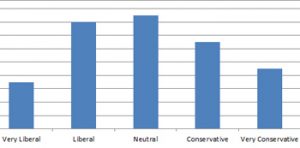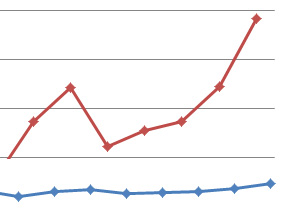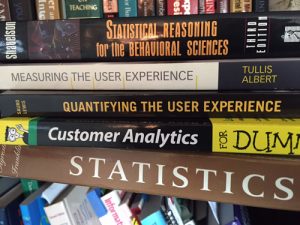
Can You Take the Mean of Ordinal Data?
Yes, of course you can. But it depends on who you ask! It’s a common question and point of contention when measuring human behavior using multi-point rating scales. Can you take the average of a Likert item (or Likert-type item) similar to the following? The website is easy to use: Here’s how 62 participants after







